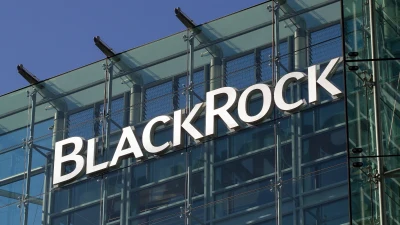Could telcos be the next utility?



It is only a matter of time before telcos and internet providers are classified as utilities as individuals increasingly work and educate from home.
According to data from the Australian Bureau of Statistics, there were 14.7 million internet subscribers at the end of June 2018. However, the pandemic and the need to remain at home meant home internet had become even more important.
Utility companies were typically those Government-regulated entities which were deemed ‘essential services’ such as gas, water and electricity.
Kerry Craig, global market strategist at J.P. Morgan Asset Management, said factors such as working from home, online shopping and educating from home had driven an increased need for internet during the pandemic.
“Wi-Fi is not a utility but it is becoming one. How we work and educate is changing so the utilisation of telcos is an area to watch in how it evolves to meet demand and keep the economy growing.”
Nigel Hale, equities analyst at Investors Mutual, said: “The events of 2020 have certainly highlighted the importance of connectivity and the digital economy. For most of us, it is hard to imagine getting by without internet access at our fingertips. Demand for reliable fixed line and mobile internet connections is growing, and this generates strong, recurring, utility-like revenues for the telcos”.
From an infrastructure perspective, Mark Murray, listed infrastructure manager at Mercer, said this utilisation was something that could happen in due course but that the internet sector was still a developing sector unlike the more established electricity and water areas.
“Internet is still going undergoing growth and upgrades are needed such as to 5G. When we think about utilities, we can see a clear path of revenue for them which we can forecast whereas for internet, it is something we might invest in on a growth basis. We would be more inclined to invest in regional areas which are under-served by the internet and where can see a growth outlook.
“Internet services are still developing and it would be a brave Government to try and regulate that. Over the long term, it might be possible for them to become utilities as the market matures.”
He said the Mercer Global Unlisted Infrastructure fund did have exposure to communications in it fund but this covered broadcast towers and data centres.
Allocations
According to FE Analytics, there were more than 50 Australian equity funds which had exposure to Telstra, Australia’s largest mobile network, including Pengana Australian Equities, AXA Wholesale Australian Equity Value, Maple-Brown Abbott Responsible Investment and Pendal Imputation.
Several funds noted they held the telco for its defensive characteristics while Pengana, which hold it among its largest holdings, described it as a ‘hard asset’ which had resilient cashflows that could be distributed to owners.
Shares in Telstra had lost 15% over one year to 18 August and 11% since the start of the year versus losses by the ASX 200 of 1.2% and 6.9% respectively.
A further five funds had exposure to internet provider TPG Telecom; AMP Capital Equity Income Generator, Ausbil Australian Emerging Leaders, Perpetual Pure Equity Alpha, Yarra Ex-20 Australian Equities and Yarra Australian Equities.
“We remain tilted towards the telecommunication services and energy sectors, as we like the resilience of the earnings in many of these businesses and their ability to pay reliable dividends,” said AMP, which had 4.1% allocated to TPG Telecom.
The company recently merged with Vodafone Hutchison Australia and the combined entity became known as TPG Telecom.
Yarra said: “The combined entity is well placed to harness its infrastructure, scale and balance sheet to disrupt incumbents Telstra (TLS) and Optus through its lower cost structure. As a result, we anticipate market share gains will accelerate across TPG’s mobile, fixed and corporate divisions”.
There were seven funds in the sector which had more than 10% allocated to the communications sector including IML Concentrated Australian Share and BetaShares Australian Sustainability Leaders ETF.
Recommended for you
Having launched its first active ETF for Australian investors earlier this year, iShares says this has helped the firm reach $50 billion in assets under management in Australia.
Recommending Platinum shareholders to enact the merger with L1 Capital, Morningstar has said it expects the combined firm will be able to moderate outflows and facilitate diversity in product range.
Elanor Commercial Property Fund has appealed to the Takeovers Panel regarding the takeover offer by family office Lederer Group, describing “disclosure deficiencies” in last month’s bidders statement.
Wholesale distribution is experiencing the most active hiring efforts as the decline in financial advisers means fund managers are focusing on high-net-worth investors and wealth managers instead.












